Despite the German government’s renewed commitment to meeting its CO2 emissions target by expanding wind energy, online weekly FOCUS here reports that wind energy appears to be on the verge of collapse and that “German climate targets are in danger.”
Bleak times for Germany’s wind industry. Photo. P. Gosselin
Lowest activity since ‘Energiewende’ began in 2000
FOCUS cites wind industry officials who say that the building of wind parks has reached the lowest point in 20 years. The industry associations are calling on the government to take action and for approval procedures for wind farms to be simplified and acceptance by residents increased.
Falling acceptance
Many German states have imposed strict setback rules to keep wind parks away from residential areas. For example, the 10H rules is in effect in Bavaria. Here, a wind turbines cannot be located near residents at a distance that is closer than 10 times its height, making many wind projects in the south German state impossible. The industry is pressuring governments to soften the rules.
Yet an online poll conducted by FOCUS shows that almost two thirds of respondents are not in favor or are undecided on reducing setback distances.
Protest against wind energy “booming these days”
Earlier in 2019, Germany’s centre-left Tagesspiegel here reported, “The protest against wind energy is booming these days” and according analysts, “about 1000 citizens’ initiatives are currently fighting against the wind industry in Germany” and that “they are very well networked”.
55% less turbines built in 2019
The lack of acceptance among the public — along with economic and technical obstacles — has put the brakes on wind park construction. FOCUS writes: “According to the industry associations Bundesverband Windenergie (BWE) and VDMA Power Systems, only 325 new wind turbines with 1078 megawatts were built in 2019. This was 55 percent less than in the previous year.”
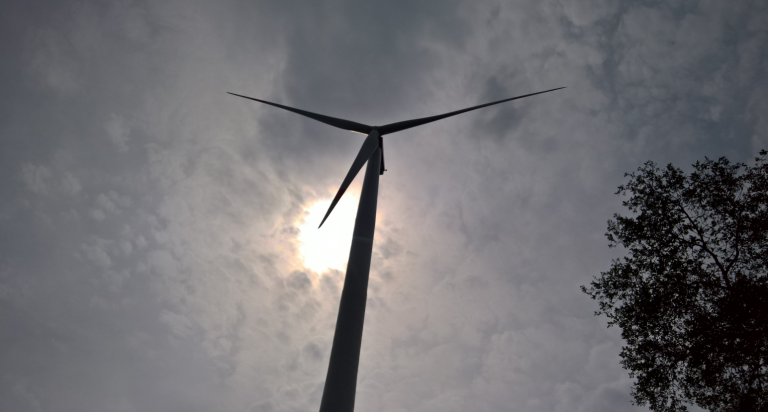
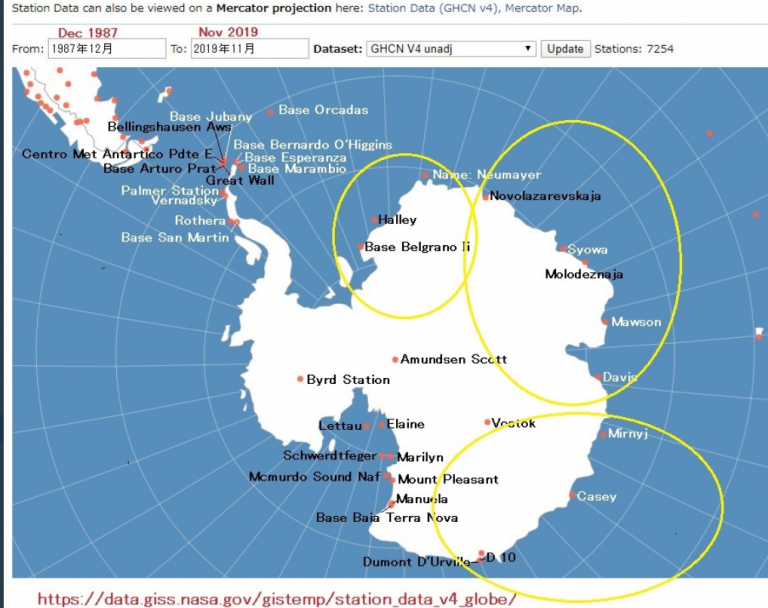
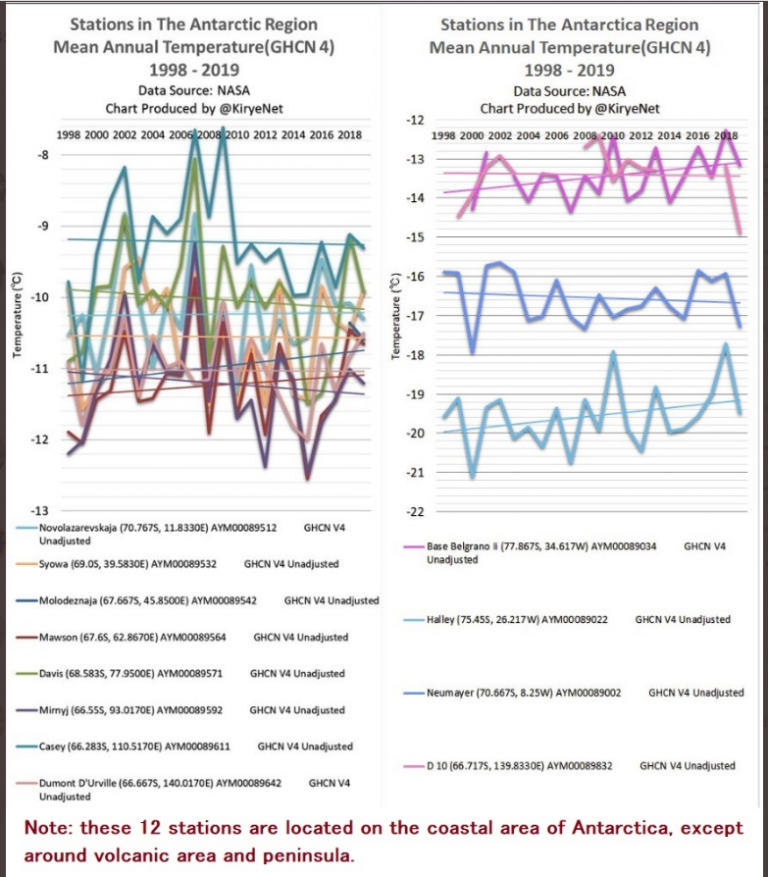
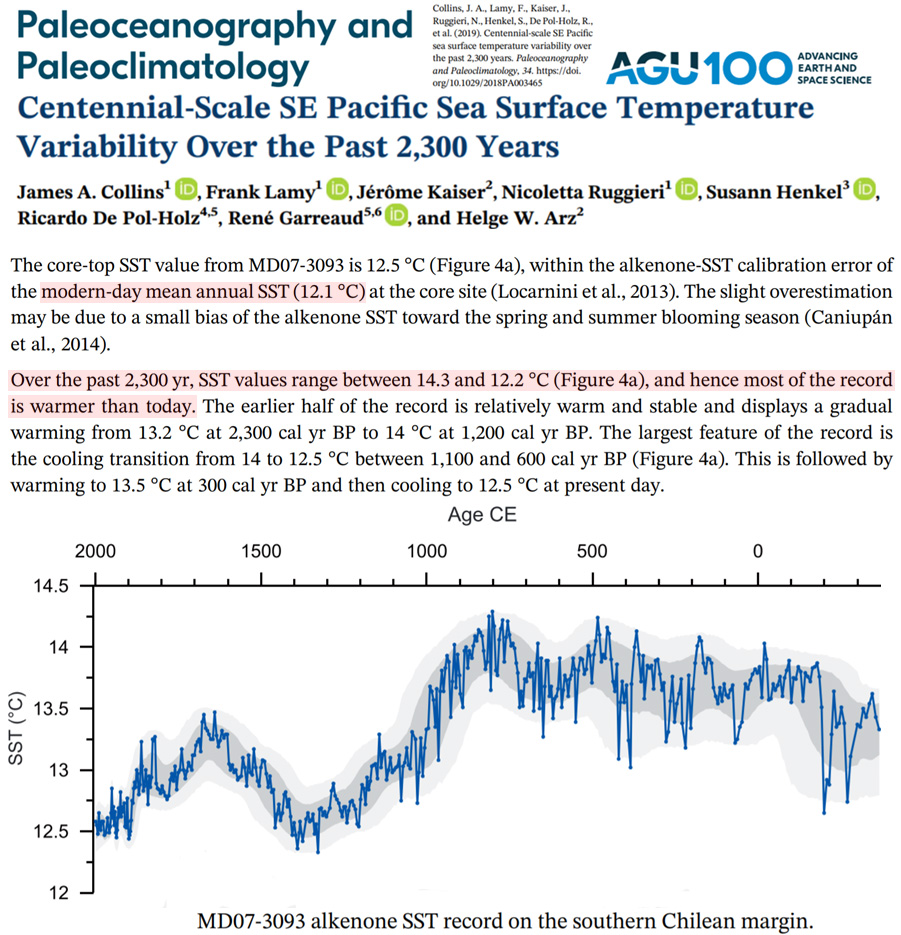
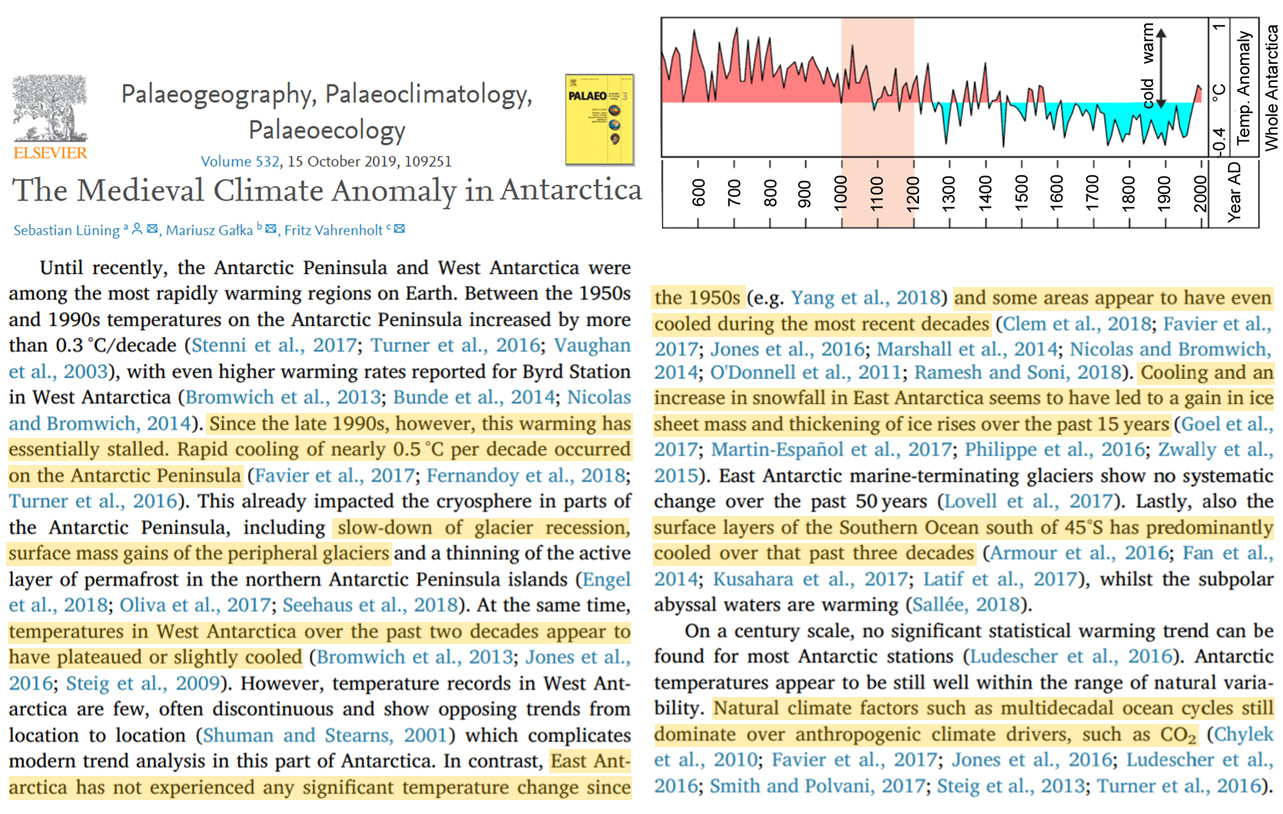
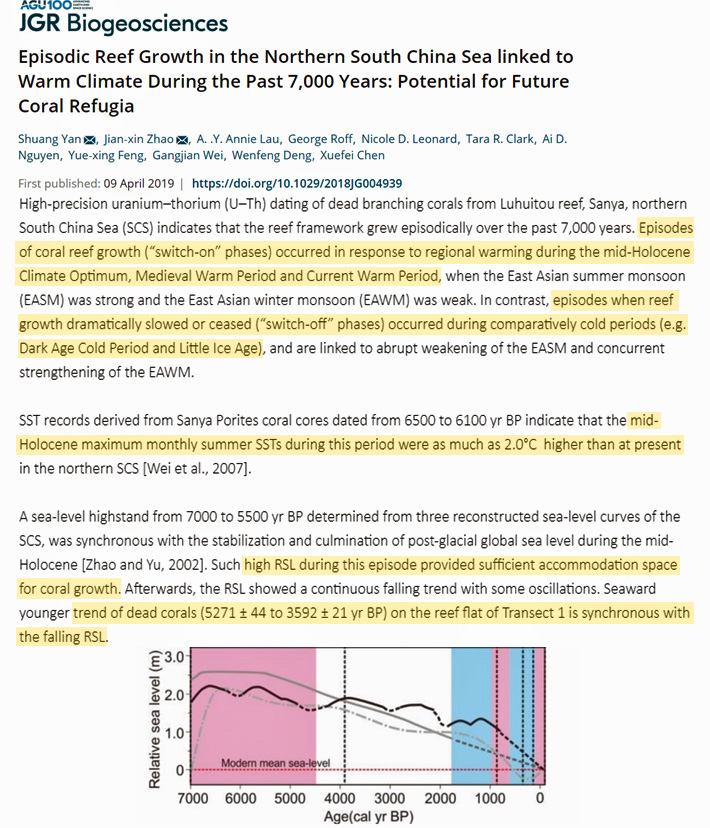
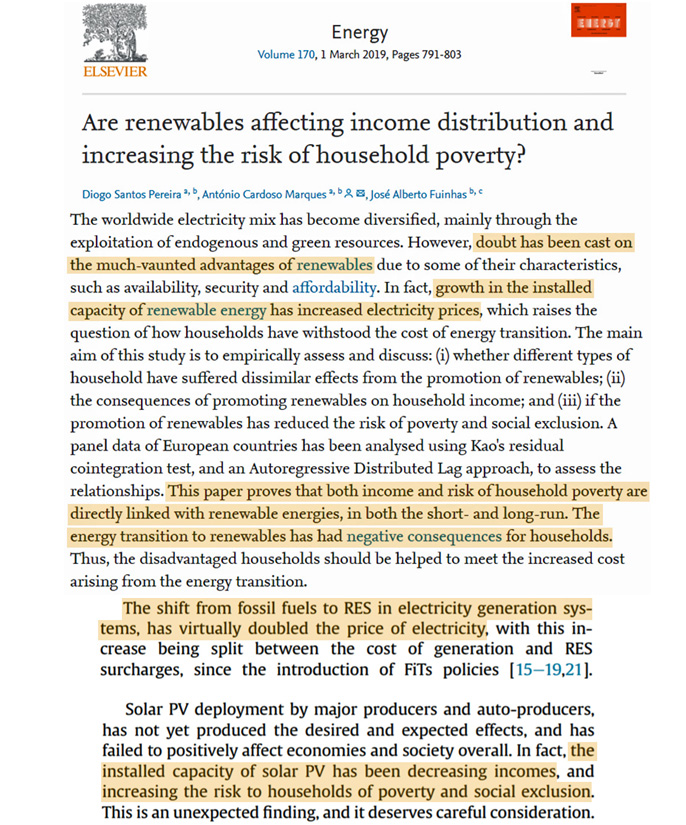
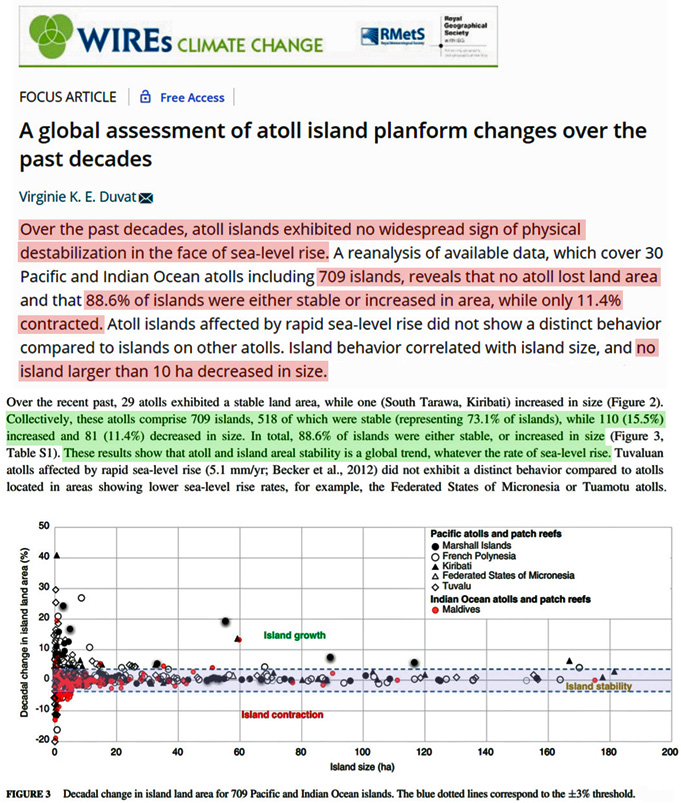
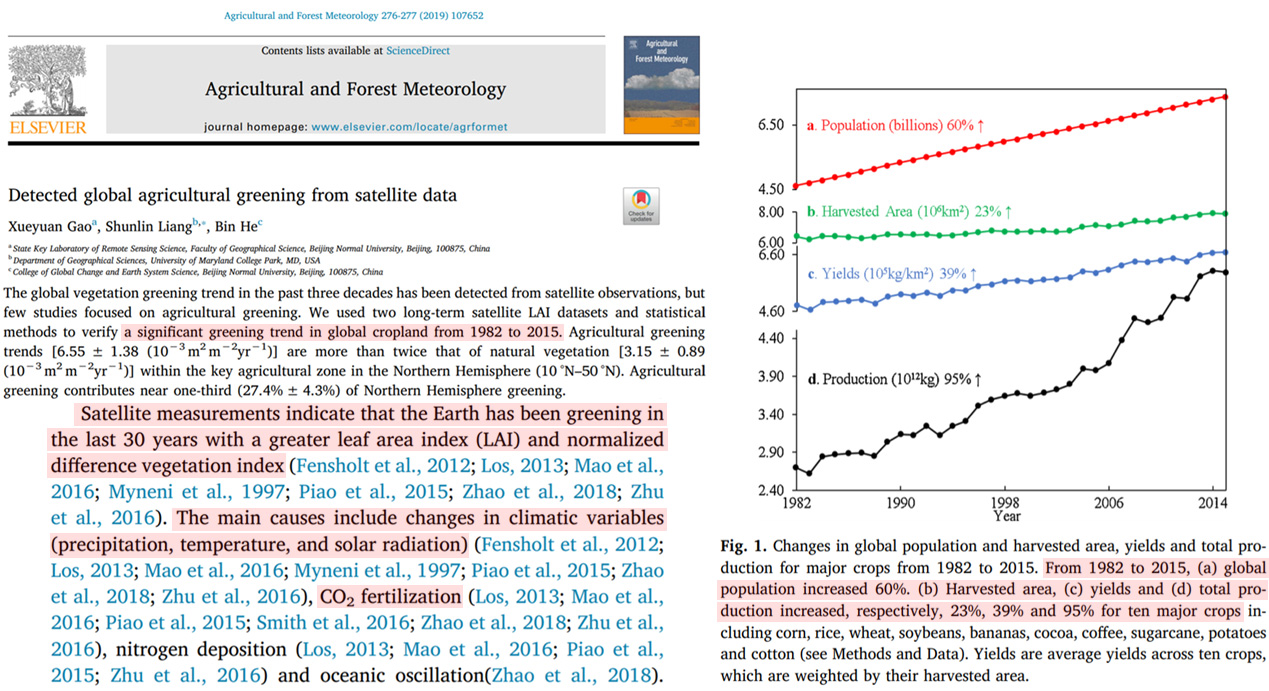
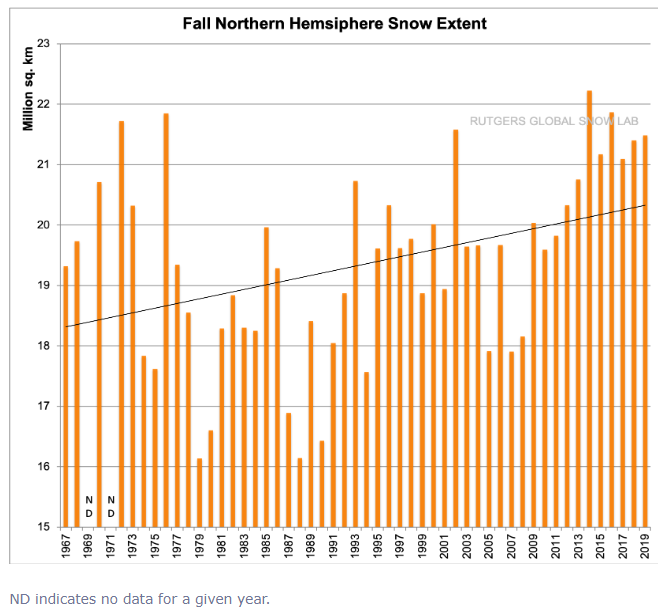
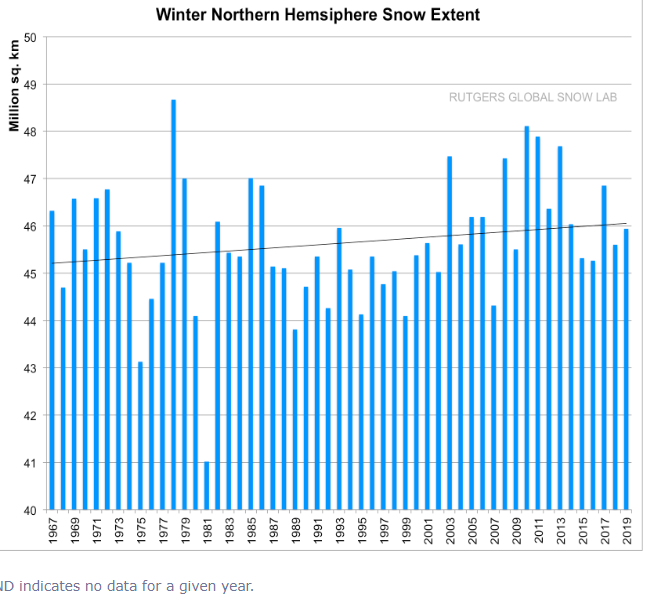
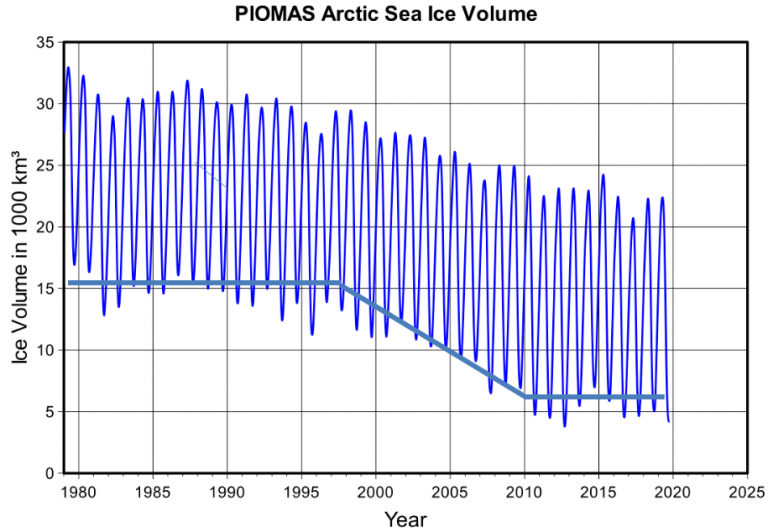
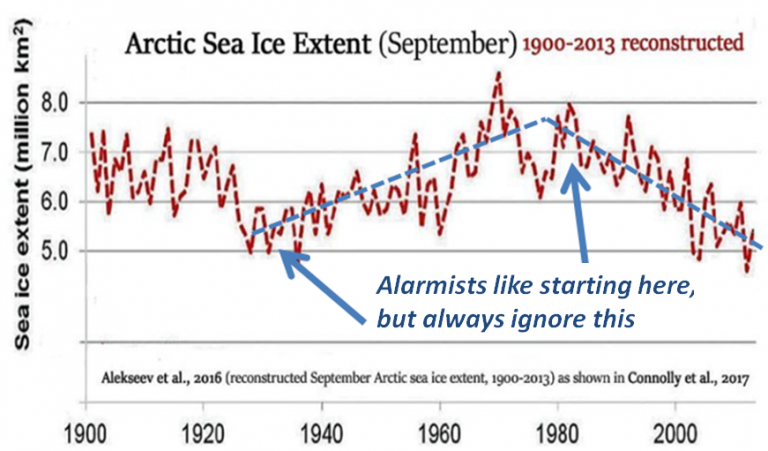
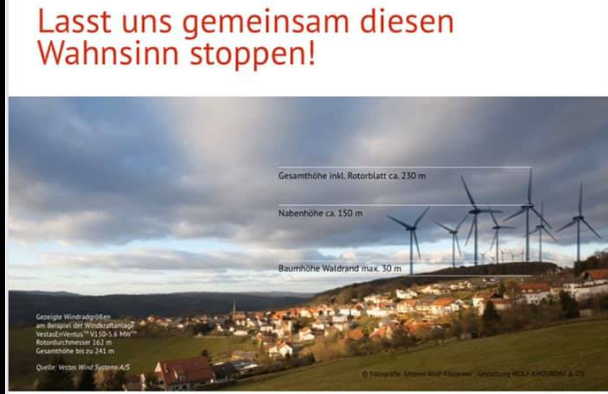
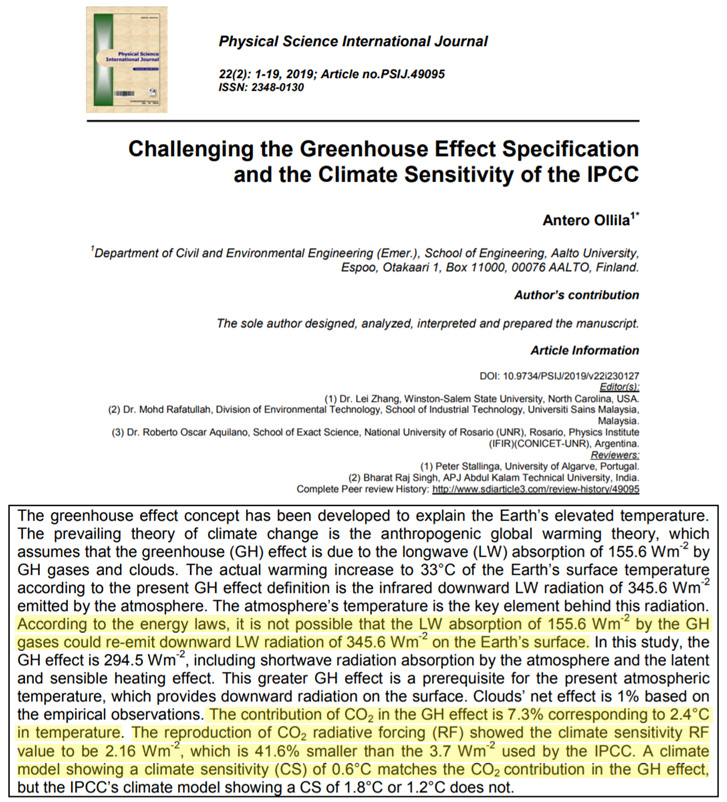
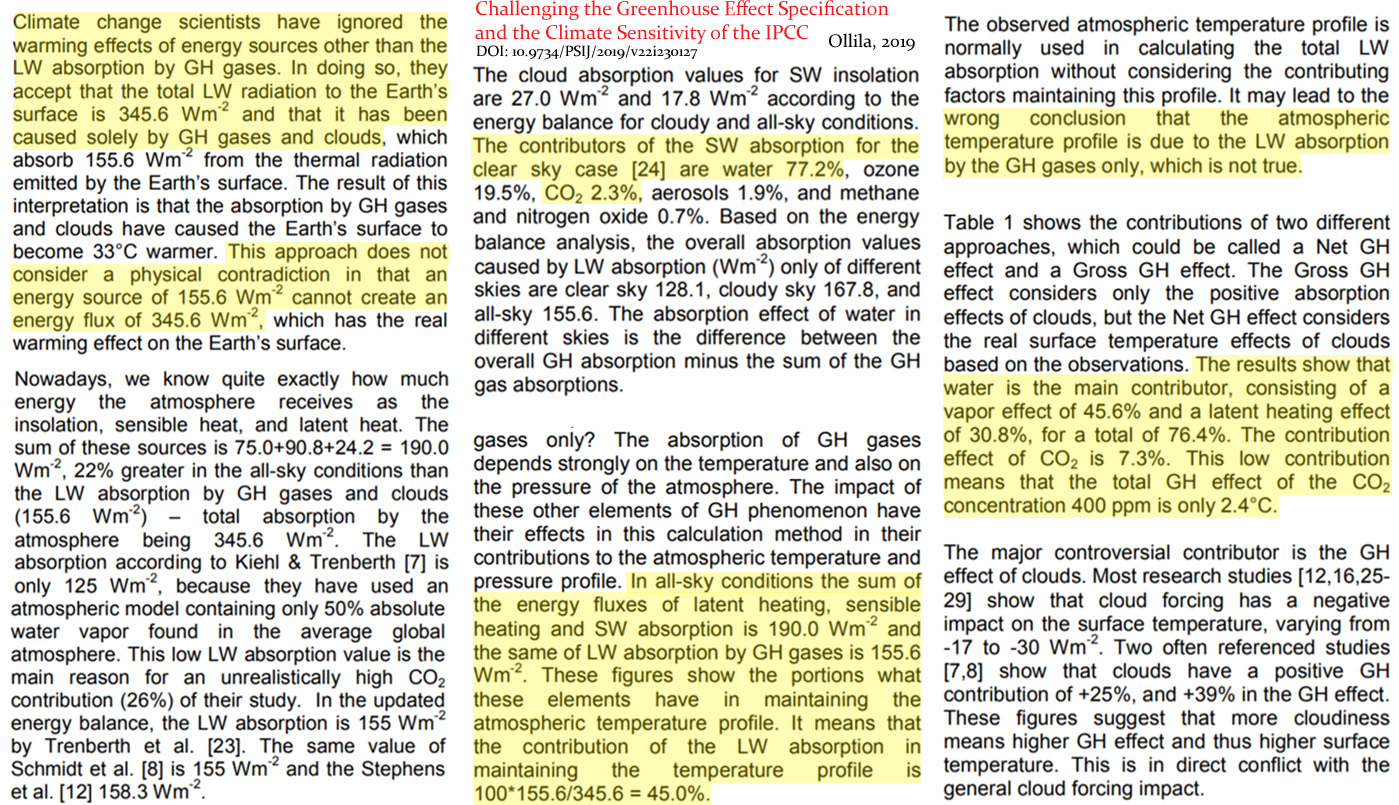

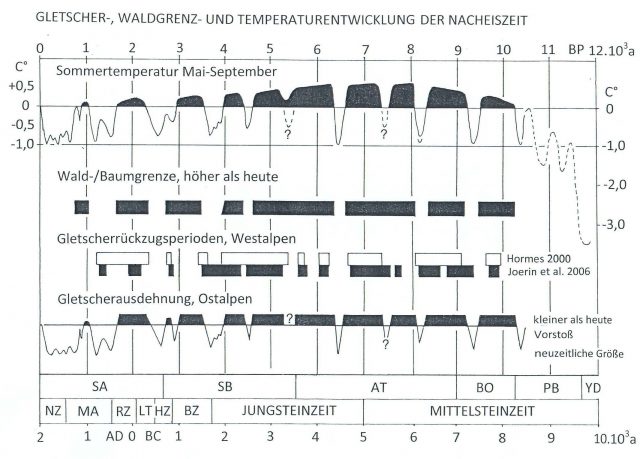
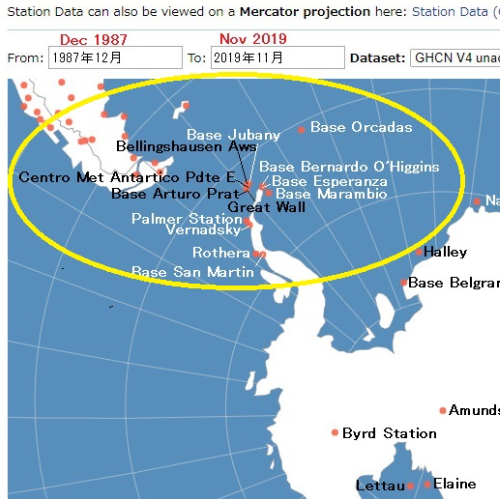
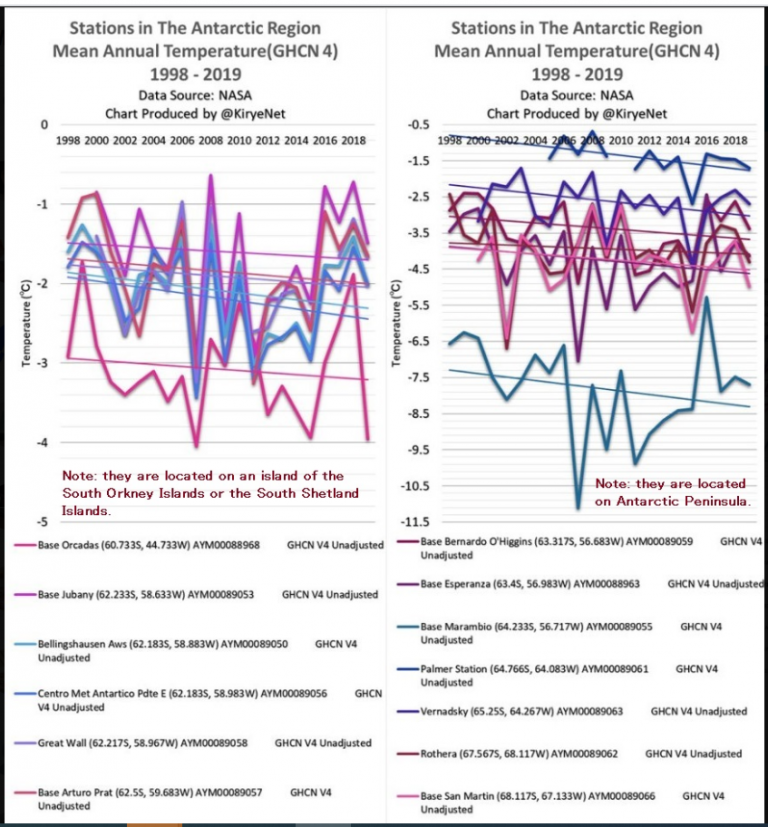
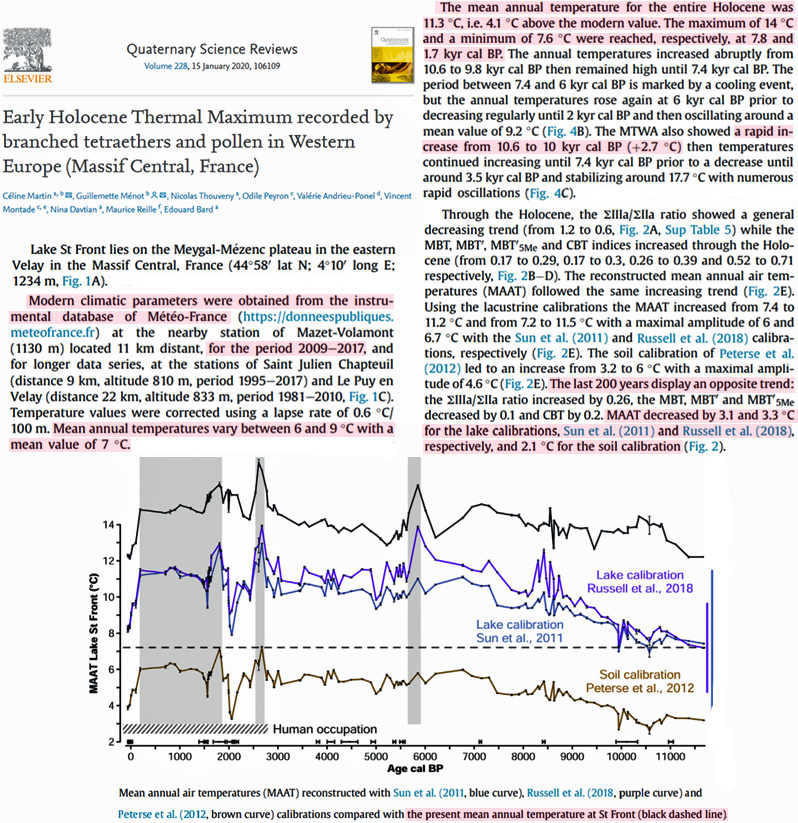
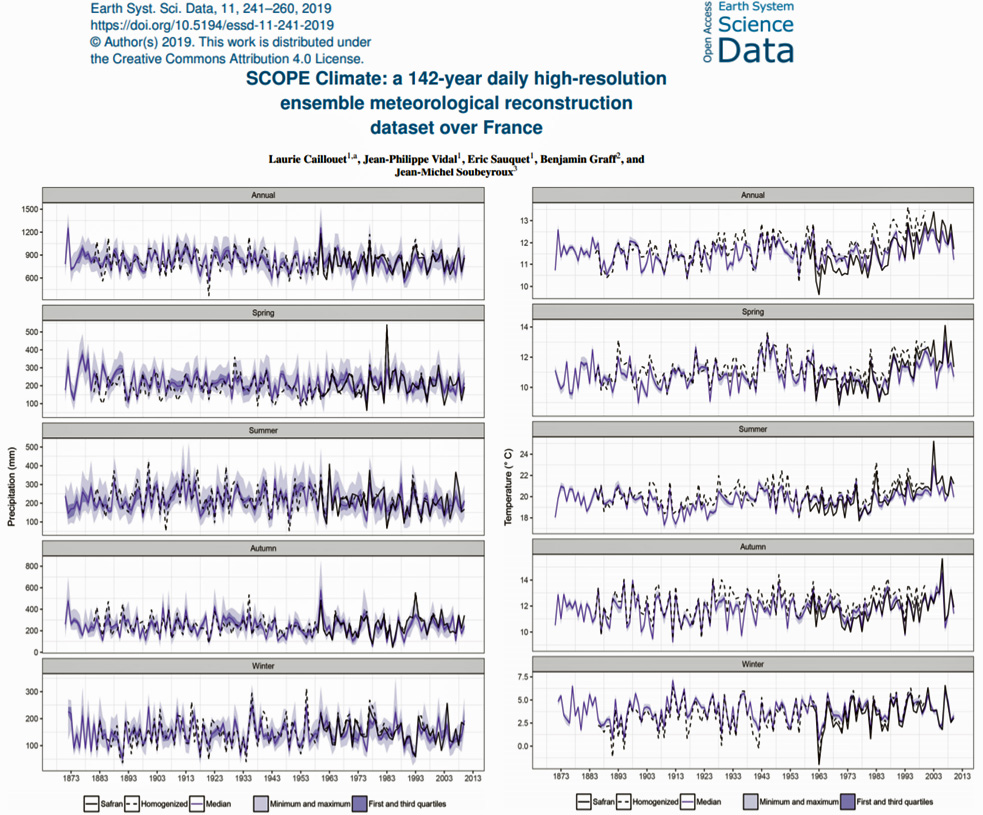


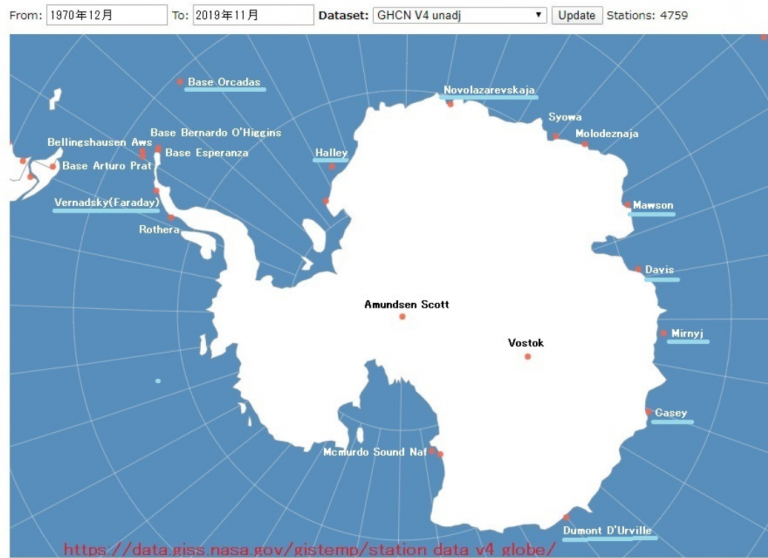
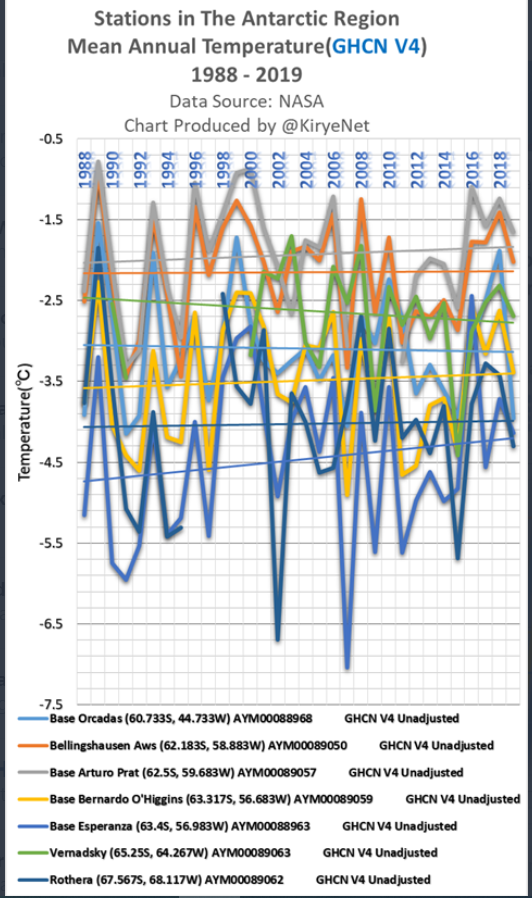
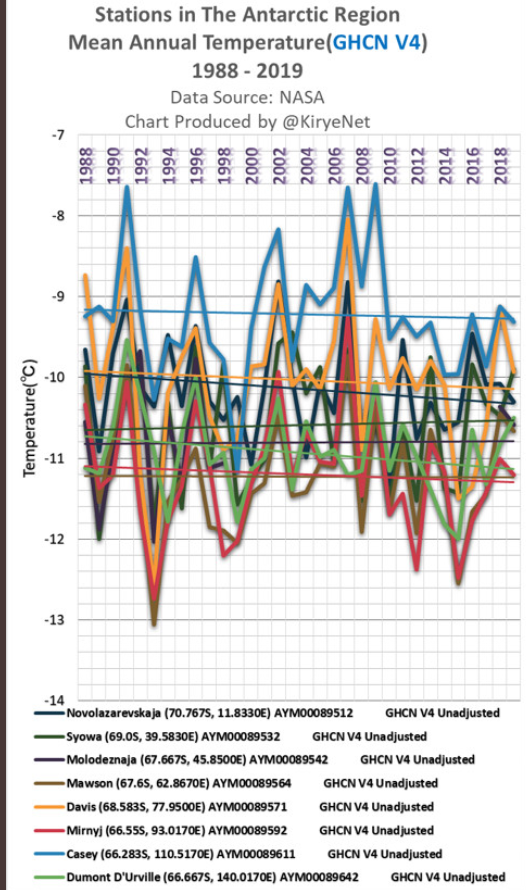
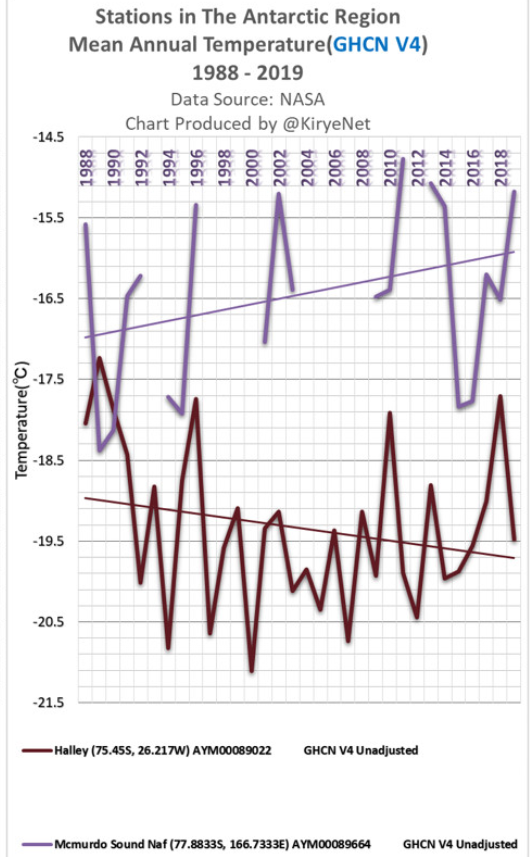
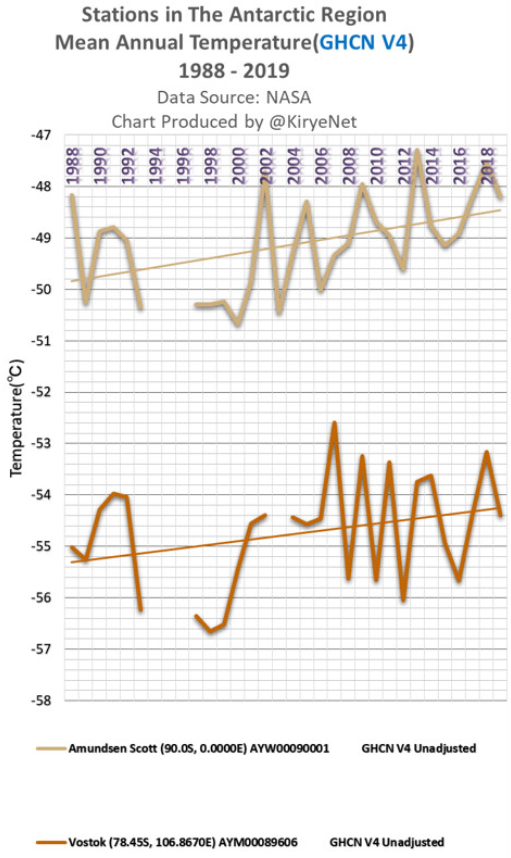





Recent Comments